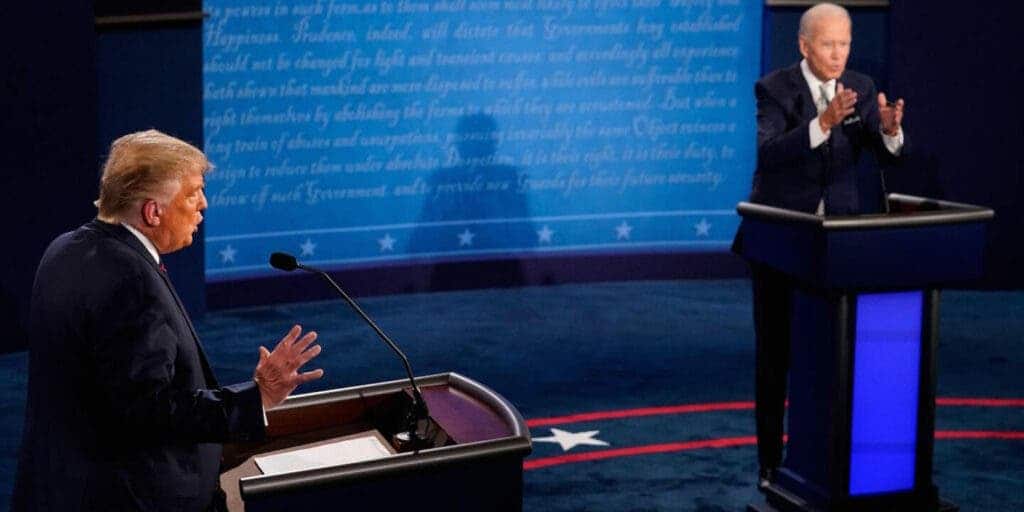How the US elections go will likely play a critical role in how much hotter the world gets in the coming years, climate experts agree. President Donald Trump and former Vice President Joe Biden have opposite views on climate change. No matter which one of them gets elected, they will have a big hand to play in shaping the world’s climate.

President Trump notified the United Nations a year ago that the US would be renouncing the 2015 Paris Agreement, and the US will formally leave the agreement just one day after the presidential election. Due to the clauses in the international pact, November 4th is the earliest a that the US can withdraw (one year after the decision was officially announced).
This means the US, the world’s second-largest climate polluter, will be the first country to exit the agreement, which forces countries to pledges to reduce greenhouse gas emissions. The world has already warmed by 1ºC compared to pre-industrial levels and is on track to reach warming between 3ºC and 4ºC.
Democrat candidate Joe Biden has pledged to put the country immediately back in the Paris agreement. This doesn’t require congressional approval and would take three months, from November to the January inauguration. If the US pulls back into the agreement, other countries will be less likely to back out too.
In the last debate, Biden vowed to set a goal of zero net carbon emissions for the US by 2050. This means the country would not put more greenhouse gases into the air than it takes out. More than a dozen countries, including top polluting such as China, have already made similar pledges and more are expected to come.
“Losing most of the world’s coral reefs is something that would be hard to avoid if the U.S. remains out of the Paris process,” climate scientist Zeke Hausfather of the Breakthrough Institute in Oakland, California, told Associated Press. “At the margins, we would see a world of more extreme heatwaves.”
US Secretary of State Mike Pompeo said this week in a visit to the Maldives that the Trump administration has done its “fair share” to reduce carbon emissions. He said the US reduced emissions through “creativity, innovation, and good governance” instead of imposing “state-driven and forced rulesets.”
Carbon emissions from the US dropped by less than 1% a year from 2016 to 2019, until plunging (probably temporarily) during the pandemic, according to the Department of Energy. More than 60 countries cut emissions by higher percentages than the US over that time, according to international data.
Using a “Climate Deregulation Tracker,” researchers at Columbia University in New York have tracked more than 160 significant rollbacks of environmental regulations over the past three years of the Trump administration. These cover everything from car fuel standards, to methane emissions, to light bulbs.
“Other countries around the world are obsessed with the Paris Climate Accord, which shackles economies and has done nothing to reduce greenhouse gas emissions,” White House spokesman Judd Deere told AP in a statement. “President Trump understands economic growth and environmental protection do not need to conflict.”
Trevor Houser, a climate modeler for the independent Rhodium Group, compared a continuation of the Trump administration’s current emission trends to what would happen if Biden worked toward net-zero emissions. He found that in the next 10 years, the US under a Trump scenario would emit 6 billion tons more greenhouse gases than under Biden.






